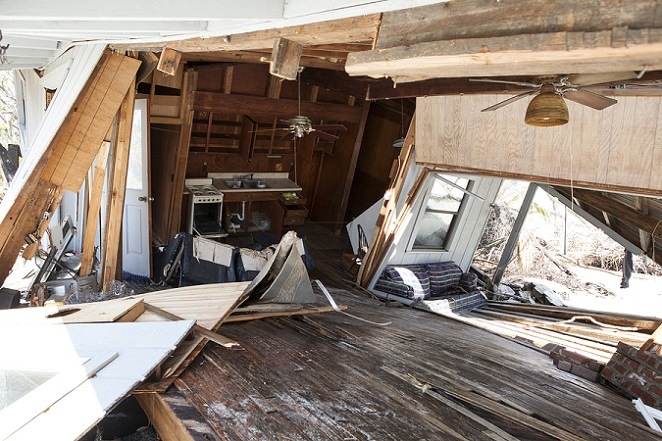Water damage emergencies can strike any workplace, causing significant disruption, financial losses, and potential safety hazards. Whether it’s a burst pipe, a leaking roof, or flooding, quick and efficient action is crucial to minimize the damage and get the business back on track. We will explore essential steps to deal with a water damage emergency at work, emphasizing prevention, preparedness, and proper response procedures.
1. Establish Preventive Measures
Preventing water damage emergencies should be a top priority for every workplace. Regular maintenance, inspections, and the implementation of preventive measures can significantly reduce the risk of water-related incidents.
- Conduct regular inspections: Regularly inspect the building for signs of wear and potential vulnerabilities, such as leaking pipes, damaged roofs, or faulty plumbing.
- Maintain the plumbing system: Ensure that the plumbing system is well-maintained, and promptly repair any leaks or damaged pipes.
- Install water detection devices: Consider installing water detection devices that alert you to potential leaks or flooding before significant damage occurs.
- Properly seal windows and doors: Ensure that windows and doors are properly sealed to prevent water intrusion during heavy rain or storms.
2. Develop an Emergency Response Plan
A well-defined emergency response plan is crucial to managing a water damage emergency effectively. The plan should outline the necessary steps to take when an incident occurs.
- Create a response team: Designate a response team responsible for coordinating the emergency response. Assign roles and responsibilities to team members and ensure they receive proper training.
- Identify emergency contacts: Compile a list of emergency contacts, including plumbers, restoration companies, insurance providers, and relevant authorities. Ensure this list is readily accessible to all employees.
- Establish communication protocols: Define clear communication channels and procedures to disseminate information and instructions during an emergency quickly. Utilize multiple communication methods to reach all employees effectively.
- Evacuation procedures: Develop evacuation procedures in case of severe flooding or safety hazards. Conduct drills periodically to familiarize employees with evacuation routes and assembly points.
3. Responding to a Water Damage Emergency
When a water damage emergency occurs, swift and appropriate action is crucial to minimize the extent of the damage. Here’s a step-by-step guide for responding to a water damage emergency:
- Ensure safety: Prioritize the safety of all employees. If the water damage poses immediate risks, such as electrical hazards or structural instability, evacuate the affected area and seek professional assistance.
- Shut off the water source: Locate and shut off the main water supply to stop further water ingress. Communicate this information to the response team and employees.
- Document the damage: Take photos or videos of the affected areas for insurance. Document the extent of the damage and record any damaged equipment or inventory.
- Mitigate further damage: Take immediate steps to mitigate further damage. Use mops, buckets, or wet/dry vacuums to remove standing water. Place tarps or buckets under leaks to collect water and prevent it from spreading.
- Contact professionals: Notify your designated restoration company or plumber to assess the situation and begin remediation efforts. Their expertise and specialized equipment will help efficiently restore your workplace.
- Salvage and protect assets: Move valuable equipment, documents, and inventory to a dry area to prevent further damage. Utilize dehumidifiers or fans to accelerate the drying process.
- Conduct thorough cleaning and disinfection: After removing the water, thoroughly clean and disinfect affected areas to prevent mold growth and ensure a safe environment for employees.
4. Learn from the Experience
After dealing with a water damage emergency, reflecting on the incident and learning from the experience is essential. Consider the following steps:
- Review the emergency response: Evaluate the effectiveness of your emergency response plan; and identify any areas for improvement. Update the plan based on lessons learned.
- Address vulnerabilities: Take steps to address vulnerabilities identified during the incident. Implement necessary repairs, upgrade infrastructure, or revise maintenance procedures to prevent similar incidents in the future.
- Communicate with employees: Keep employees informed about the situation, restoration progress, and any changes to prevent future incidents. Address any concerns or questions they may have.
- Review insurance coverage: Assess your insurance coverage to ensure it protects your business from water damage. Make any necessary adjustments to your policy based on the lessons learned.
Dealing with a water damage emergency at work requires a proactive and systematic approach. Local experts, such as restoration companies, plumbers, and insurance professionals, possess specialized knowledge and experience in your area. Their expertise can help navigate the challenges of water damage emergencies and ensure a swift and efficient recovery.

